My practice poses questions about the “re”presentation of nature through natural materials. Since 2013, I have been producing a time-based material project called Something to Something. Stones pulverized into powder become a part of a painting of the stone—so both the material and image are a part of nature. Such works are indebted to my growing up with nature in South Korea. It is also influenced by my family environment. My father is a medical doctor who cures people by using leaves, plant roots, and stones; my mother practices Zen meditation. In both practices, nature plays an important role. I see nature microscopically and macroscopically, like a stone. Recently, I have been focusing on the meaning of space. I have collected materials since 2017 near the demilitarized zones (DMZ) between North and South Korea. I am expanding my work to social engaged work and collaboration with other fields.
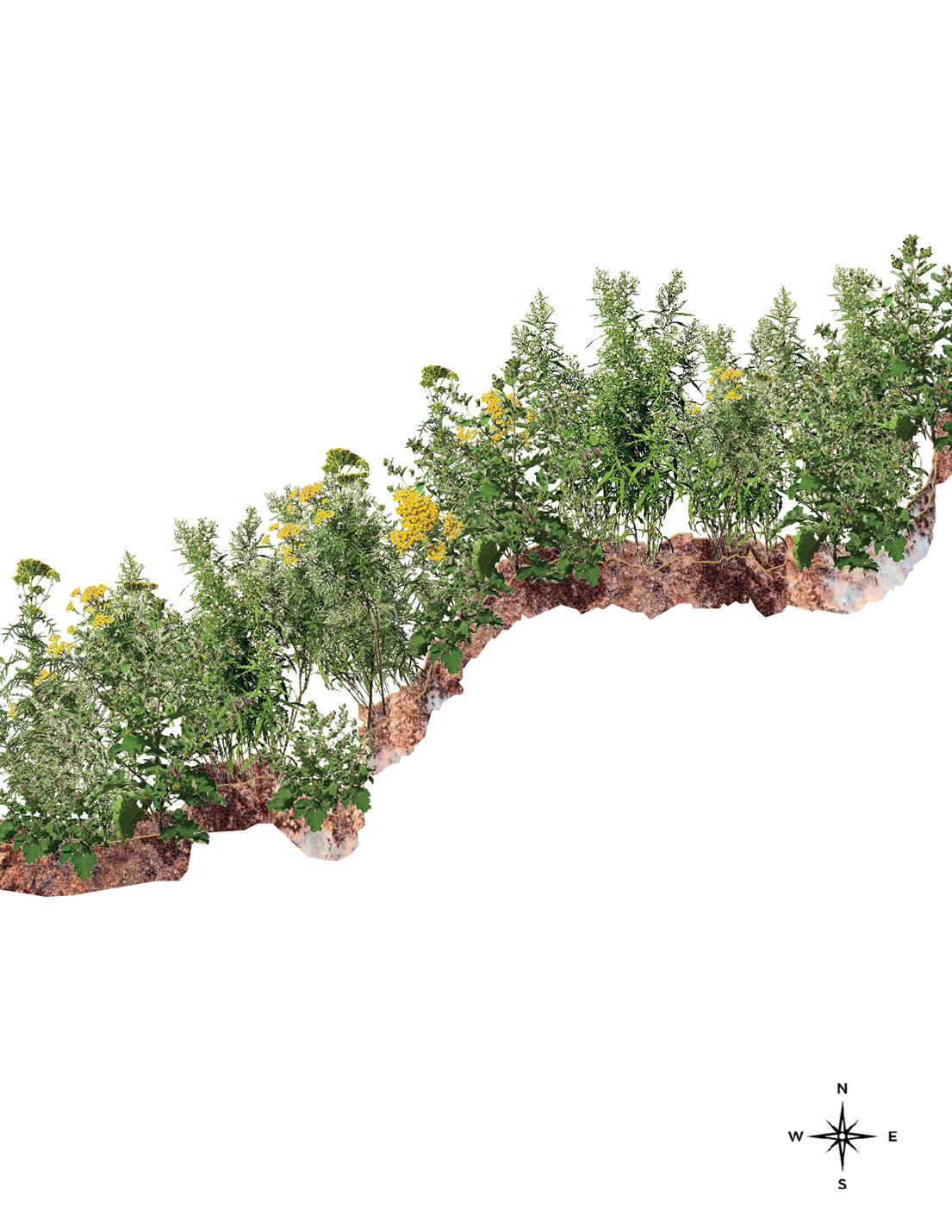
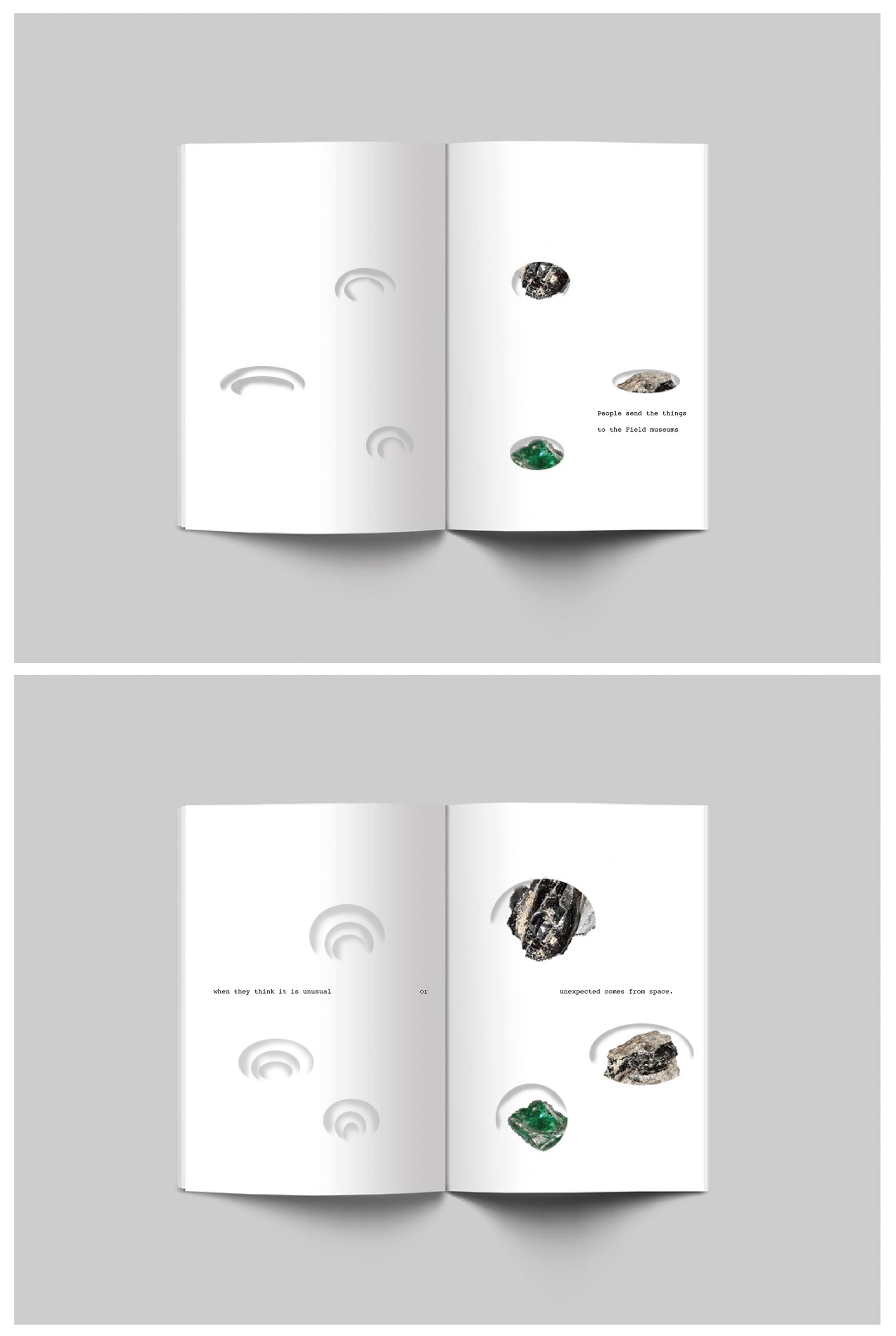
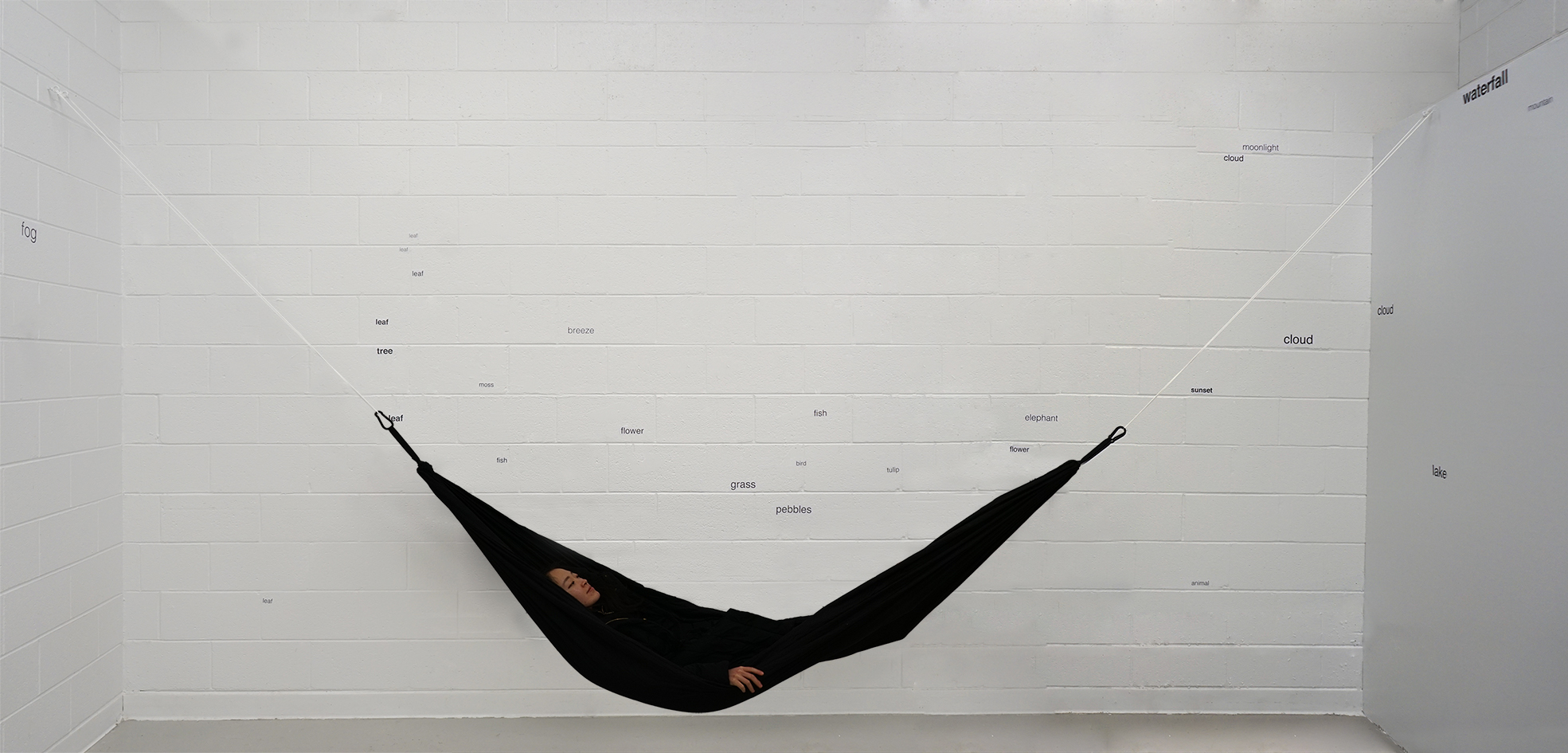
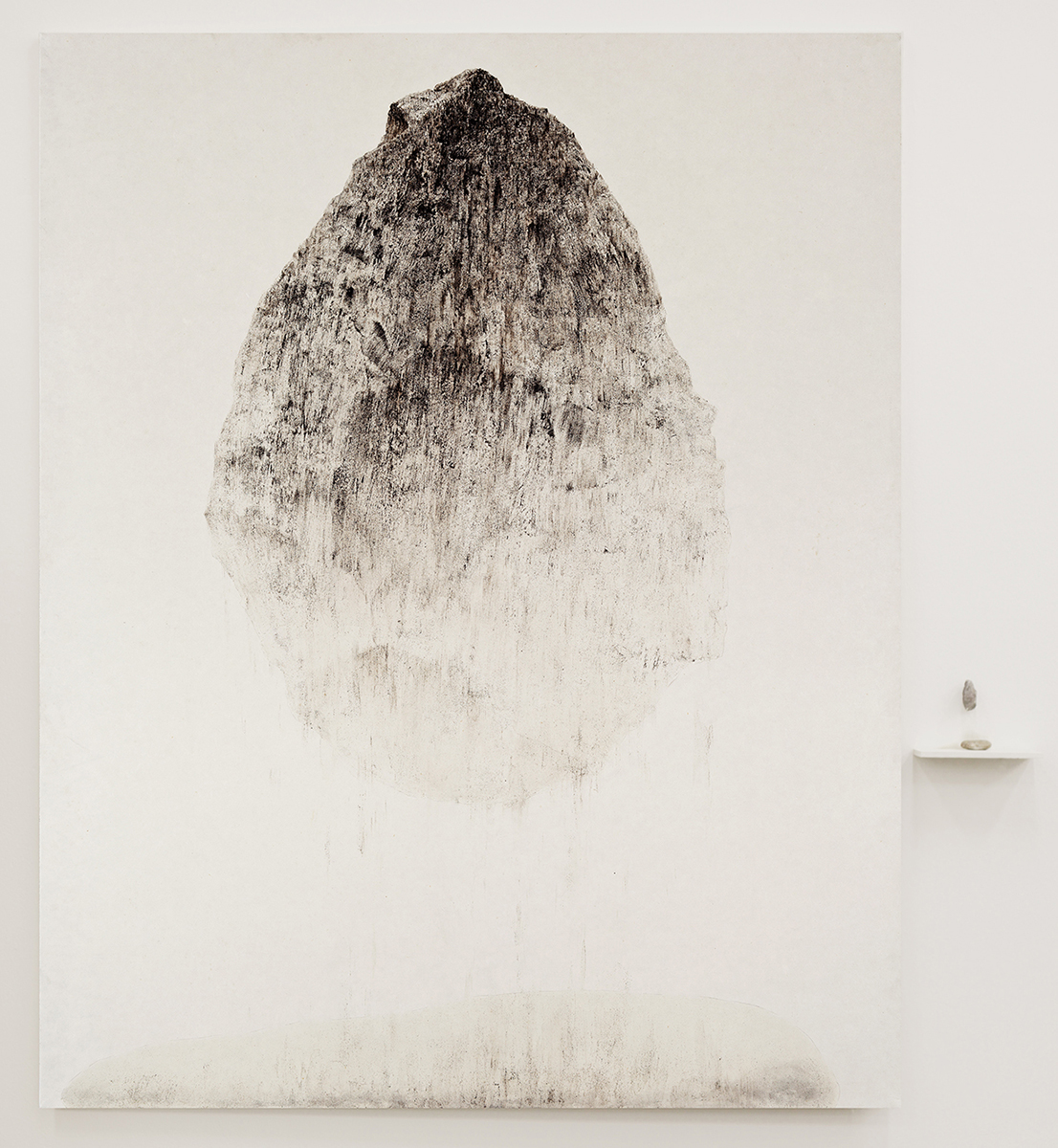
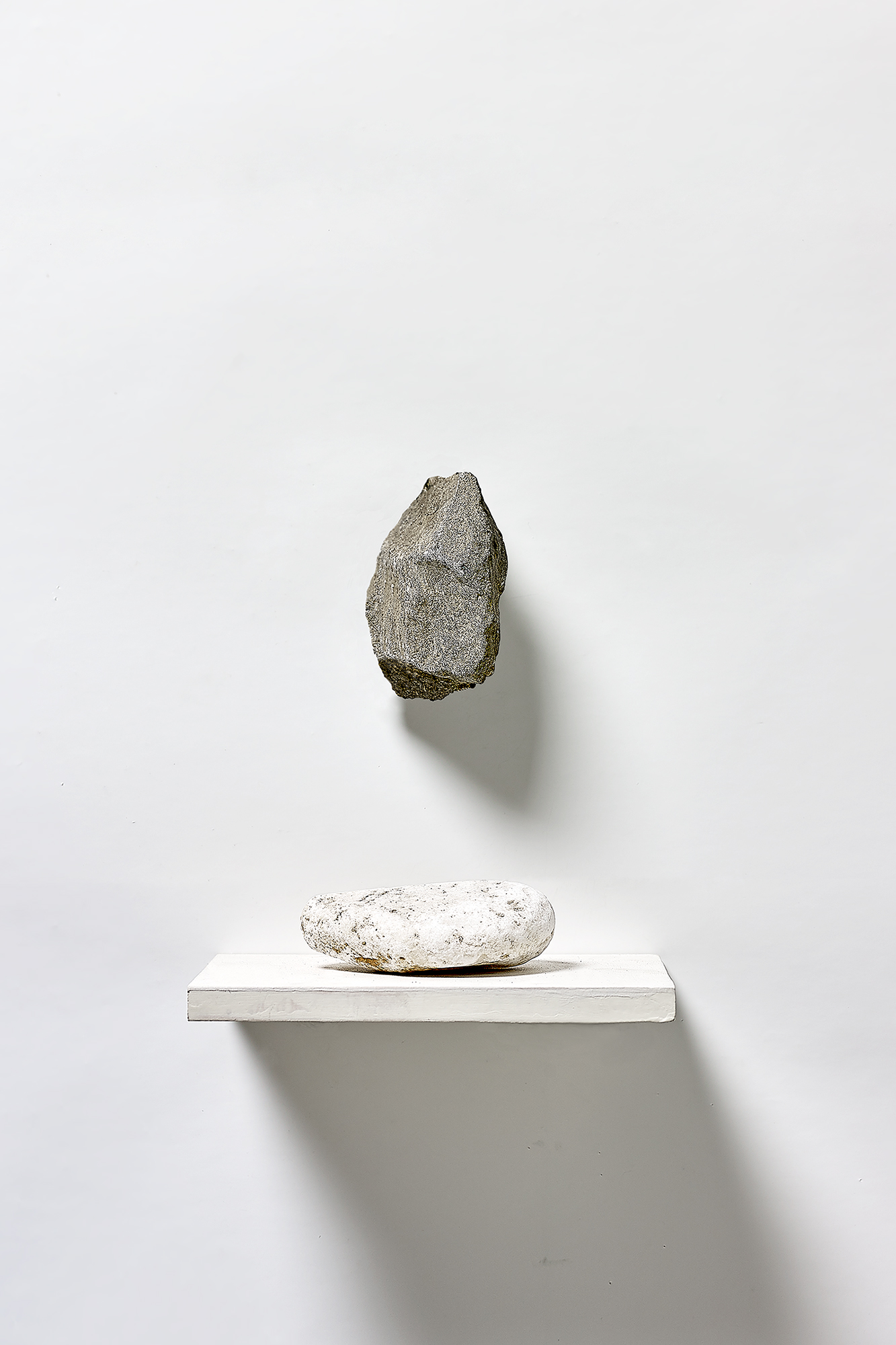
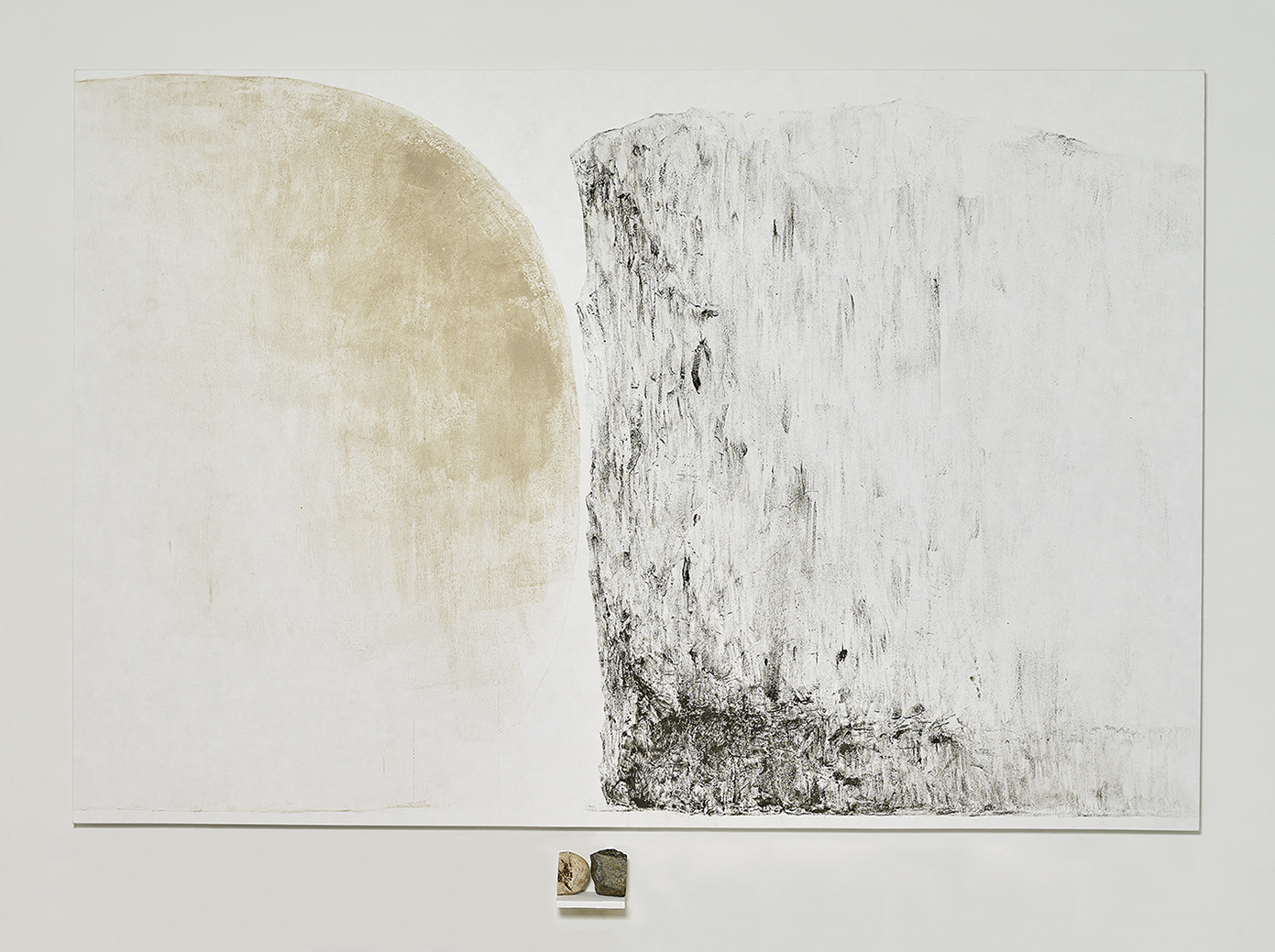
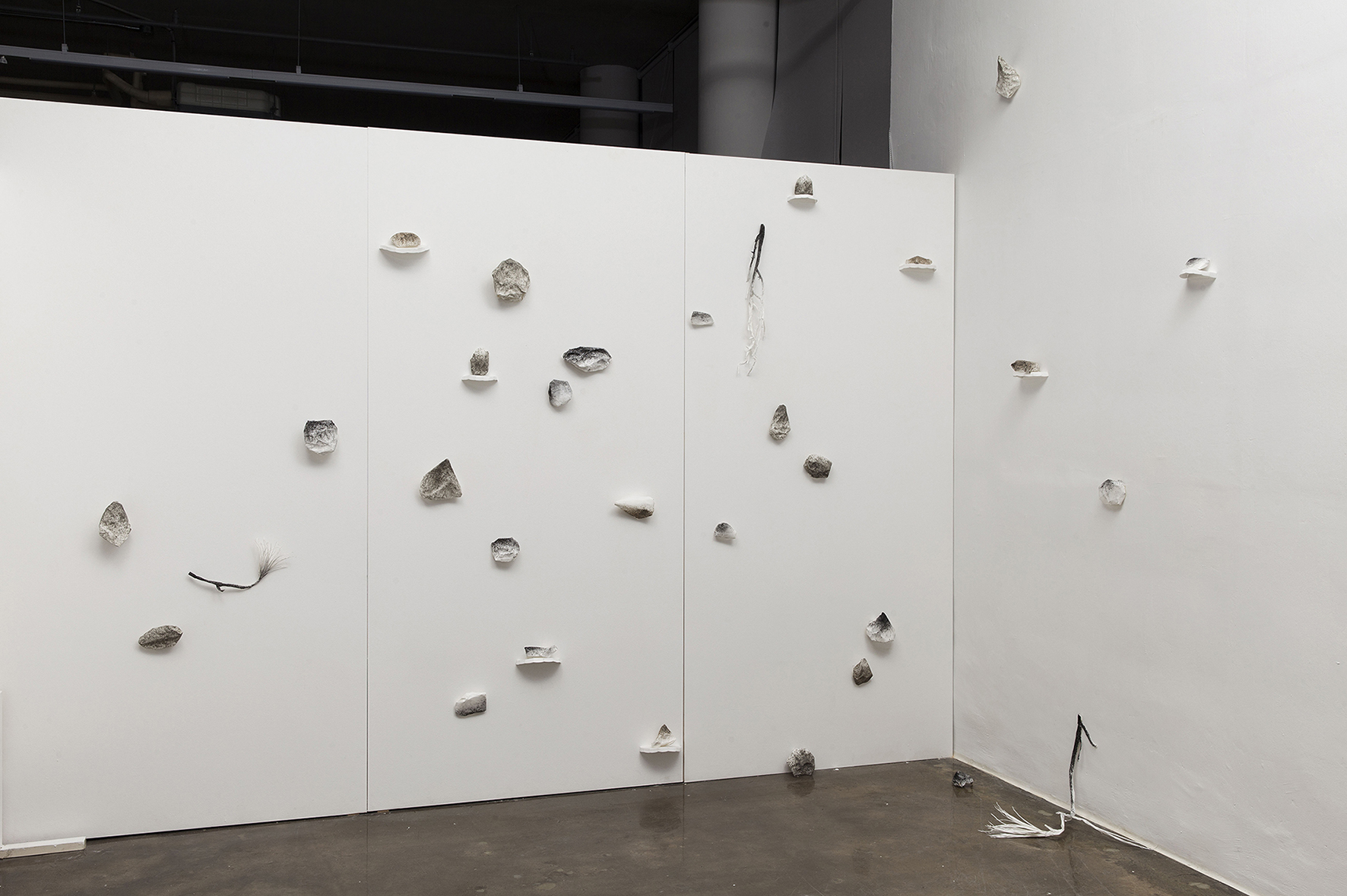
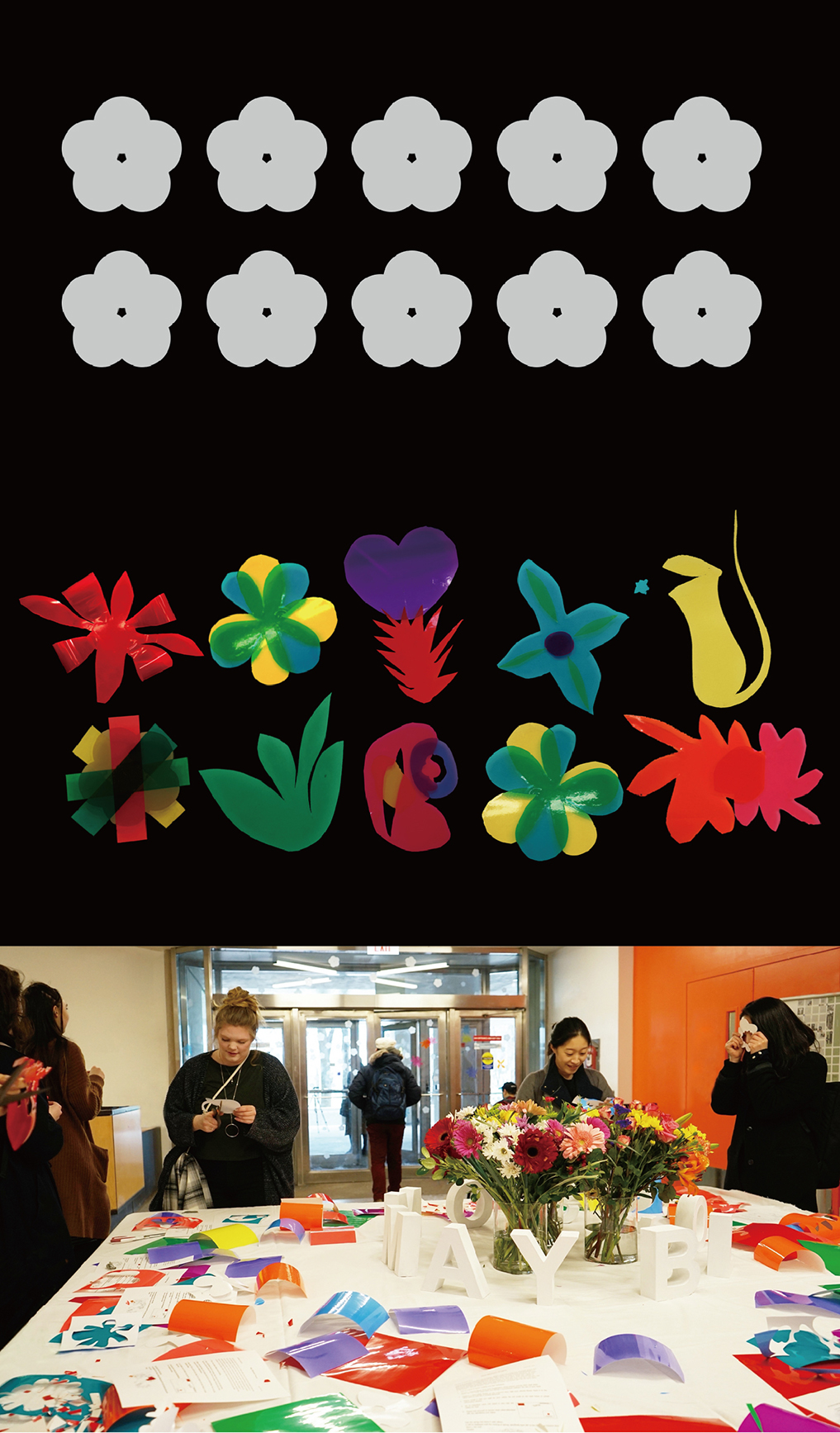
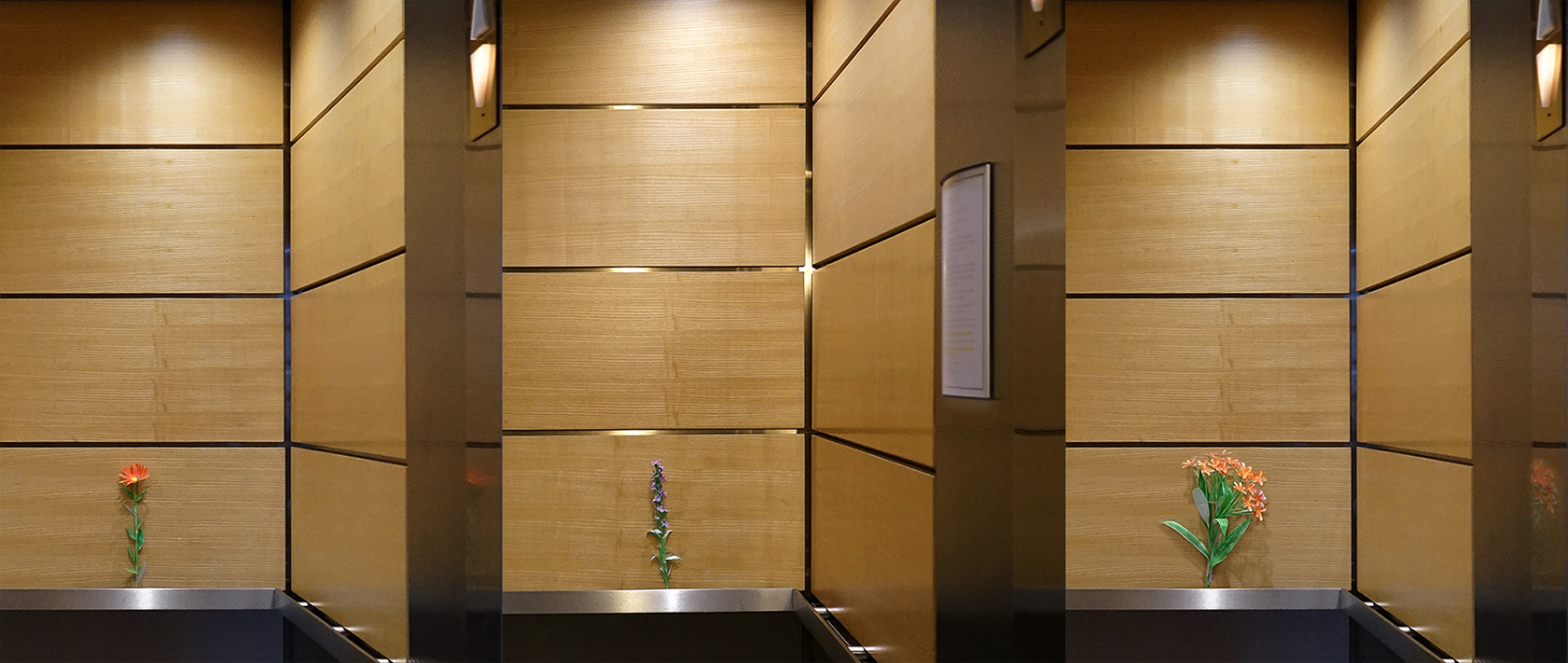
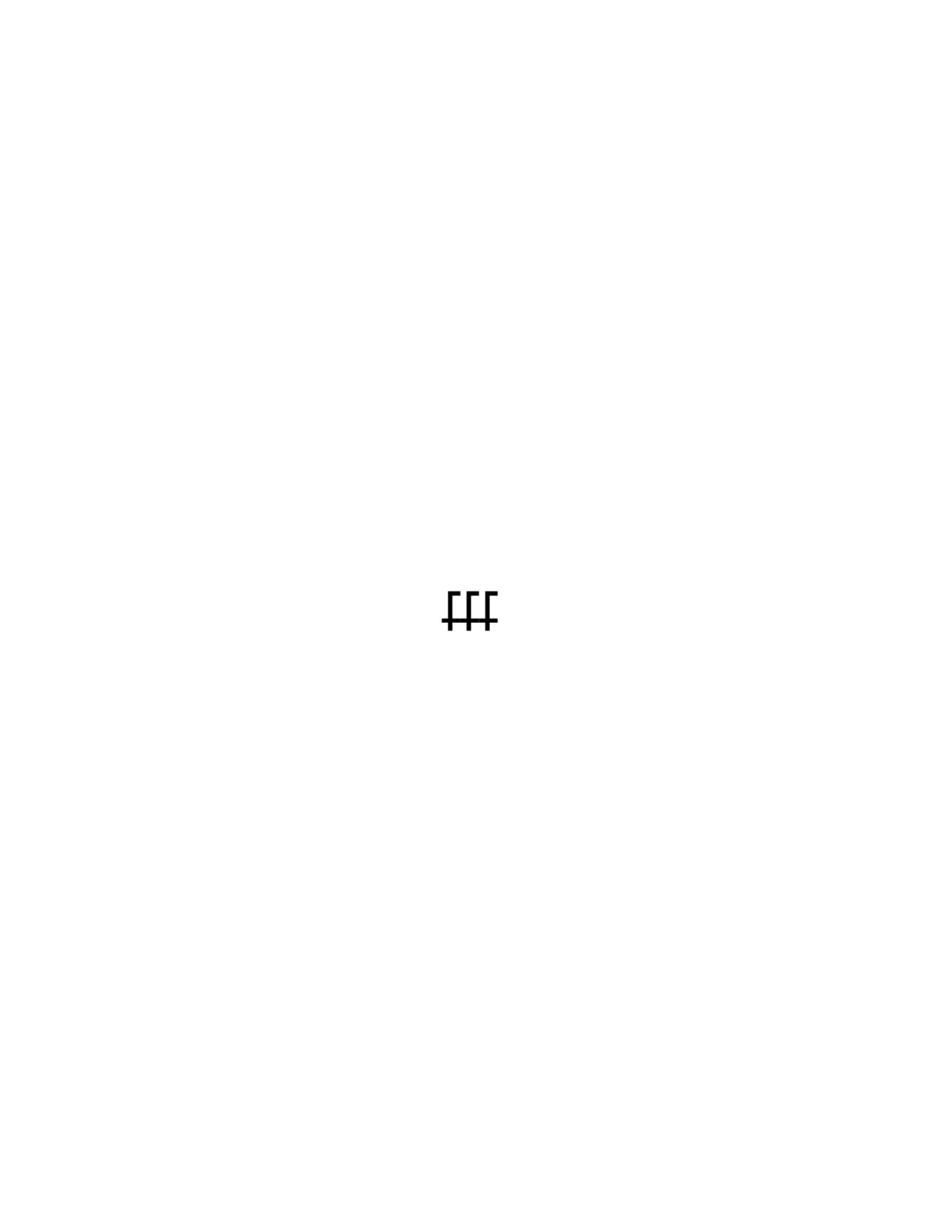
My practice poses questions about the “re”presentation of nature through natural materials. Since 2013, I have been producing a time-based material project called Something to Something. For this project, the relationships between objects in the cycle of creation and destruction are represented by utilizing materials such as ground stone and branch ashes in painting-installations. Stones pulverized into powder become a part of a painting of the stone—so both the material and image are a part of nature. These images are also simultaneously disappearing and reappearing. There is no perfectly independent and unique substance in our endlessly changing world filled with relative, mutually-dependent relationships, an idea in line with the Buddhist concept of the void and selflessness.
Such works are indebted to my growing up with nature in South Korea. It is also influenced by my family environment. My father is a medical doctor who cures people by using leaves, plant roots, and stones; my mother practices Zen meditation. In both practices, nature plays an important role. From the time I was a child I have seen myself as quiet and introverted, like a small wordless natural object – a stone. I see nature microscopically and macroscopically, like a stone. Focusing on nature, I find small stones to be especially interesting objects. They condense enormous amounts of time and space within them.
Before coming to Chicago my main focus was traditional Korean painting, but moving to Chicago in 2018 to continue my studies, I chose sculpture for the new challenges it posed and the perspective it afforded. Recently, I have been focusing on the meaning of space. I have collected materials since 2017 near the demilitarized zones (DMZ) between North and South Korea. Currently, I am working on a project titled A Hidden Garden in Korea: DMZ and Its Surrounding Area. The DMZ is a border barrier that divides the Korean Peninsula roughly in half. The isolation of the DMZ has formed an unintentional political garden, which is now one of the most well-preserved natural areas in the world. I am trying to approach nature in the DMZ area from the perspective of a gardener. Through this work, I hope to open a dialogue with visitors and provide a different view to those who have not thought about this area in this way before.